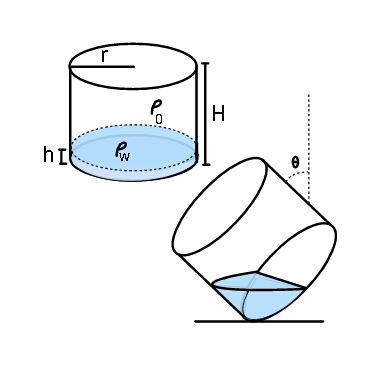
AllQuestion and Answers: Page 1631
Question Number 46042 Answers: 4 Comments: 10

Question Number 46040 Answers: 0 Comments: 0

Question Number 46073 Answers: 3 Comments: 1

Question Number 46032 Answers: 1 Comments: 0
Question Number 46029 Answers: 0 Comments: 1

Question Number 46025 Answers: 1 Comments: 0

Question Number 46020 Answers: 1 Comments: 0

Question Number 46014 Answers: 0 Comments: 0

Question Number 46012 Answers: 2 Comments: 0
Question Number 46011 Answers: 0 Comments: 0
Question Number 46024 Answers: 0 Comments: 1

Question Number 46007 Answers: 1 Comments: 0

Question Number 46003 Answers: 1 Comments: 1

Question Number 45994 Answers: 2 Comments: 0

Question Number 45993 Answers: 1 Comments: 1

Question Number 45992 Answers: 1 Comments: 0

Question Number 45982 Answers: 1 Comments: 1
Question Number 45980 Answers: 1 Comments: 1

Question Number 45976 Answers: 0 Comments: 1
Question Number 45975 Answers: 0 Comments: 0
Question Number 45974 Answers: 0 Comments: 0
Question Number 45973 Answers: 0 Comments: 0
Question Number 45972 Answers: 0 Comments: 0
Question Number 45971 Answers: 0 Comments: 0
Question Number 45970 Answers: 1 Comments: 1
Question Number 45968 Answers: 1 Comments: 2
Pg 1626 Pg 1627 Pg 1628 Pg 1629 Pg 1630 Pg 1631 Pg 1632 Pg 1633 Pg 1634 Pg 1635
